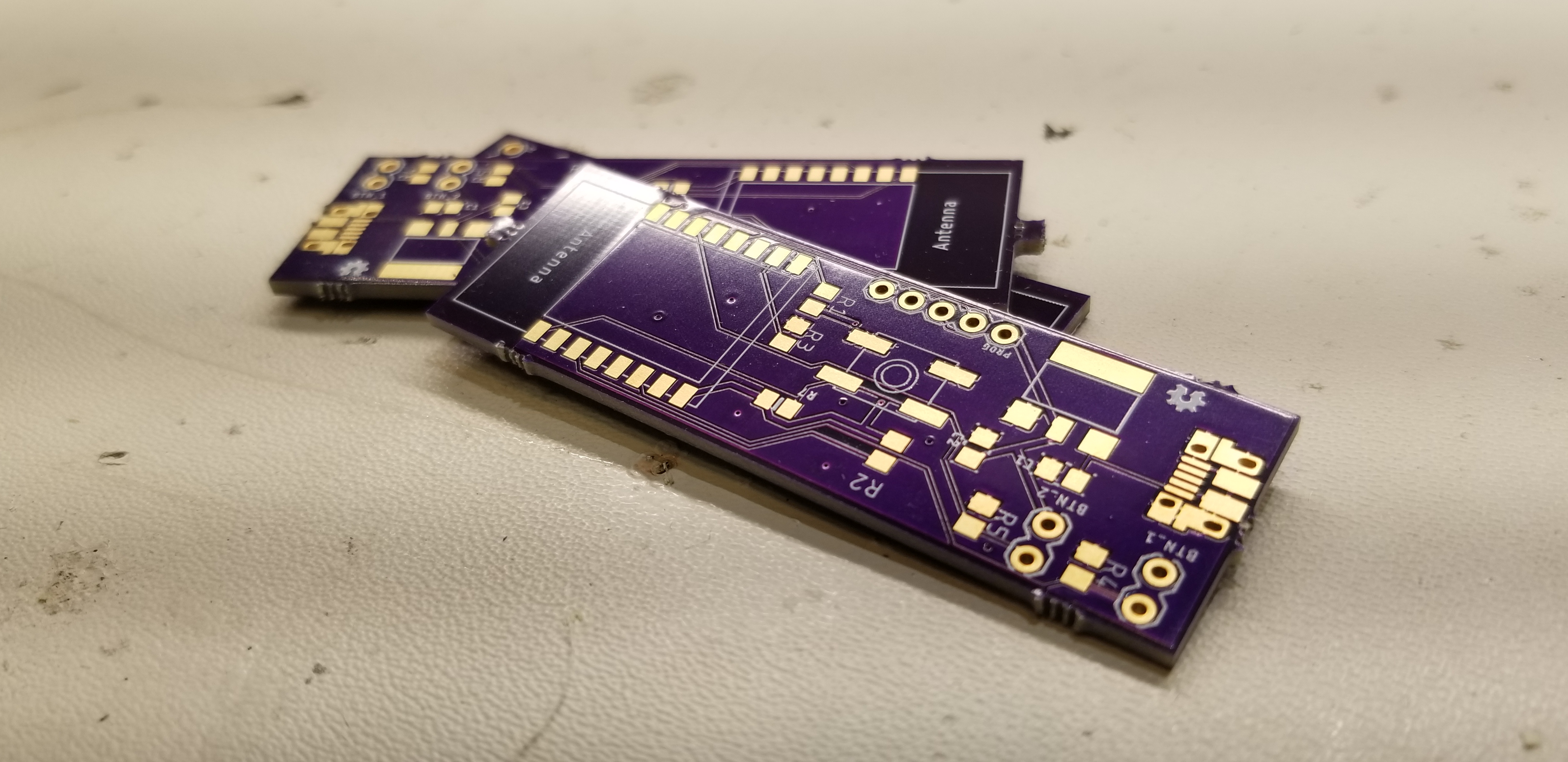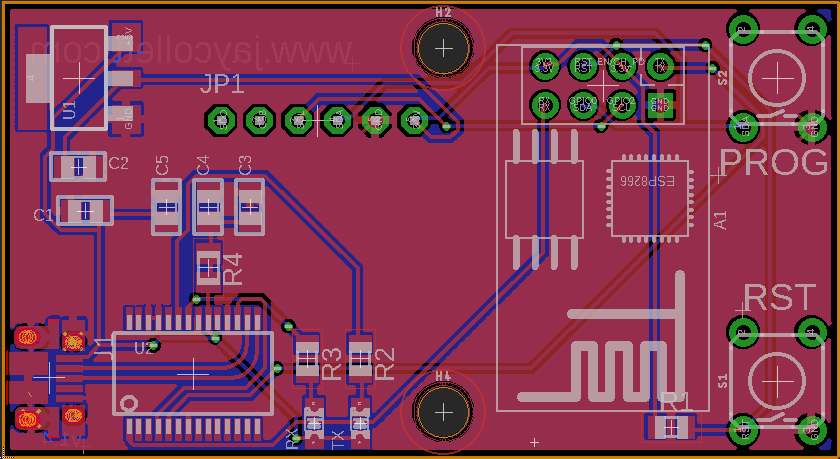Category Home Automation
I seem to be on a roll lately with these ESP8266 based projects, but they are so fun and useful, it’s not difficult to identify new uses. This project originated from another project I just completed, building my own solder… Continue Reading →
Several years back, I got into the home automation game, sadly for me, at the time I was trying to automate “all the things”, it was just too chaotic lacking any standardization, was severely limited in what you could do,… Continue Reading →

